As we develop our beauty routines, some of us may find some steps to be more useful than others as we grow older. Up until last year, I rarely exfoliated my face because I felt like my sensitive skin would only get more irritated every time I tried to do so. When I started to experiment with various exfoliating methods, I realised that the additional step really did make a difference — my skin became much clearer and I saw less bumps and redness as compared to before. However, there are a few exfoliants that seemed to do more harm than good. If you’ve been trying to find the right exfoliant or have been considering whether you should be using them at all, read on to find out more.
What Does Exfoliating Do?
As we lose almost a million skin cells every day, exfoliating helps to remove these dead cells from the surface of our skin. Not only does this remove any excess dirt build-up, but it can also help to unclog our pores, brighten our complexion and prep our skin for our precious beauty routines. Exfoliation also allows for better penetration and absorption of moisturising products on our skin, making them more effective.

Types of Exfoliators: Chemical vs. Physical
Most of us are familiar with physical exfoliants, which are a little more straightforward than their chemical counterparts. Physical exfoliation essentially involves using various tools or materials to physically scrub and remove any impurities from the outer layer of the skin. While there are various forms of physical exfoliating treatments like microdermabrasion and dermaplaning, most of us are probably used to more simple, at-home options like face scrubs and konjac sponges.
Physically exfoliating products often contain rough ingredients like sugar granules or buffing beads that will polish the skin and remove any dirt or dead skin cells. These ingredients are usually very small and tend to be non-irritating, but some skin is just more sensitive than others, and not all of us may be able to endure this.

It may come as a surprise to some that exfoliating isn’t just a physical action — there are chemical exfoliants that are commonly found in some of our favourite beauty products. Three common chemical exfoliants are Alpha Hydroxy Acids (AHA), Beta Hydroxy Acids (BHA) and Poly Hydroxy Acids (PHA).
| Alpha Hydroxy Acids (AHA) | Beta Hydroxy Acids (BHA) | Poly Hydroxy Acids (PHA) | |
|---|---|---|---|
| Examples | Glycolic Acid, Lactic Acid, Citric Acid, Malic Acid | Salicylic Acid, Tropic Acid. | Lactobionic Acid, Gluconolactone |
| Properties | Made of small molecules that are water soluble, working on the skin's surface and quickly penetrating the skin | Molecules are drawn to oil and are oil soluble, can penetrate pores and work on the skin's surface | Larger molecules compared to AHAs, offer slower, more gentle penetration into the skin. Molecules also attract moisture to the skin and have anti-inflammatory benefits |
| Good For | Normal to dry skin: Improves skin texture, reduces pigmentation | Acne-prone skin: unclogs pores, reduces sebum and improves skin texture | Sensitive and dry skin: can strengthen barrier function and improve skin resilience over time |
Unlike physical exfoliants, which scrub the skin, chemical exfoliants loosen dead skin cells with the help of ingredients that typically have low pH levels. According to dermatologist Dr. Diane Madfes, acids like AHA and BHA break down the sugars in the skin, loosening the cells of the epidermis, which is the layer over the surface of the skin.
Which Is Better For Your Skin Type?
After comparing physical and chemical exfoliants, many may wonder which method is actually more effective, especially if you haven’t had much luck experimenting with various exfoliants, or you’ve experienced some irritation in the past.
Generally, chemical exfoliants are a little more gentle on the skin because they don’t require any physical scrubbing, but can still provide deep exfoliation. However, physical exfoliants may be more suitable for those with oilier skin and can withstand a little more abrasion. However, too much physical exfoliating can lead to micro-tears in the skin, which can lead to flaky, dry patches.

How Often Should You Be Exfoliating?
Whether you go with a chemical exfoliant, physical exfoliant or a combination of both, over-exfoliating can be irritating to the skin and may do more harm than good. Even though you’re usually removing unwanted, dead cells, your skin still gets a little aggravated from exfoliating and needs time to rest.
Depending on your skin type, you might want to exfoliate anywhere between once a week to up to 5 times a week. Personally, I alternate between chemical and physical exfoliants and exfoliate every other day, and my skin hasn’t shown any extra sensitivity or irritation from this.
If you have more sensitive skin, you may want to try out a more gentle exfoliating routine, and start with exfoliating just once a week. You may want to increase this over time, but revert back to a lower frequency if your skin starts to show any signs of irritation. For those with oily skin, because your skin may have a higher tolerance for a more intense routine, you can try exfoliating a couple times a week and building that up as you go along to see what frequency you may prefer.
For Dry Skin

FIRST AID BEAUTY FACIAL RADIANCE AHA INTENSIVE PEEL ($50)
A physical exfoliant may be too aggravating for dry skin and may cause extra irritation, so a chemical exfoliant is best. Because AHAs are water soluble and work quickly on the skin’s surface, an AHA-rich intensive peel will help to smoothen the skin without further irritation.
For Oily Skin

fresh UMBRIAN CLAY MATTIFYING FACE EXFOLIANT ($55)
Because oily skin can typically withstand a harsher exfoliant, you may want to go with a facial scrub that is capable of removing dead skin cells and impurities while polishing the skin. A clay-based formula will also help to absorb any excess oil.
For Combination Skin

BY TERRY DUAL EXFOLIATION SCRUB ($95)
If you have combination skin that isn’t super sensitive, try an exfoliating gel. While not as mild as a purely chemical exfoliating may be, a gel formula isn’t as harsh on the skin as a more textured facial scrub would be. This particular exfoliation scrub transforms into a gentle oil when massaged onto the skin, and into a lotion as it is being rinsed off, leaving the skin soft and smooth.
For Sensitive Skin

PAULA’S CHOICE CALM REDNESS RELIEF 1% BHA LOTION EXFOLIANT ($45)
For those with sensitive skin, this BHA-rich leave-on exfoliant helps to gently shed layers of dead skin, while also reducing redness and diminishing pore size. The lightweight lotion is so gentle that it can be used twice daily, in the morning and at night, after cleansing and toning.

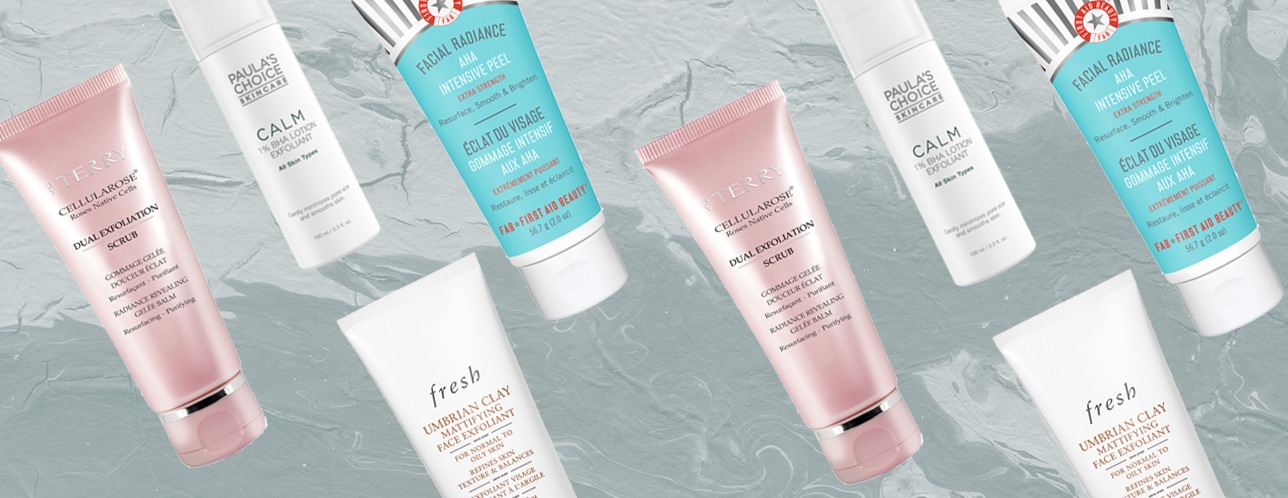
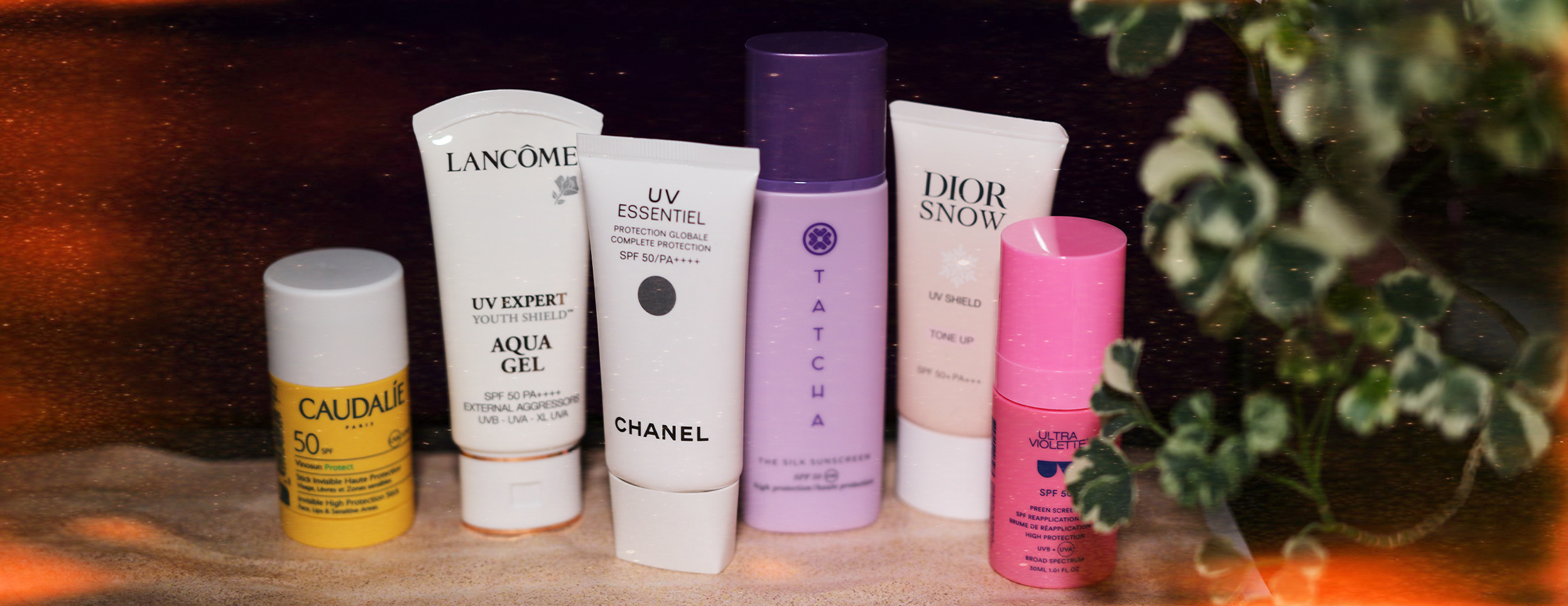
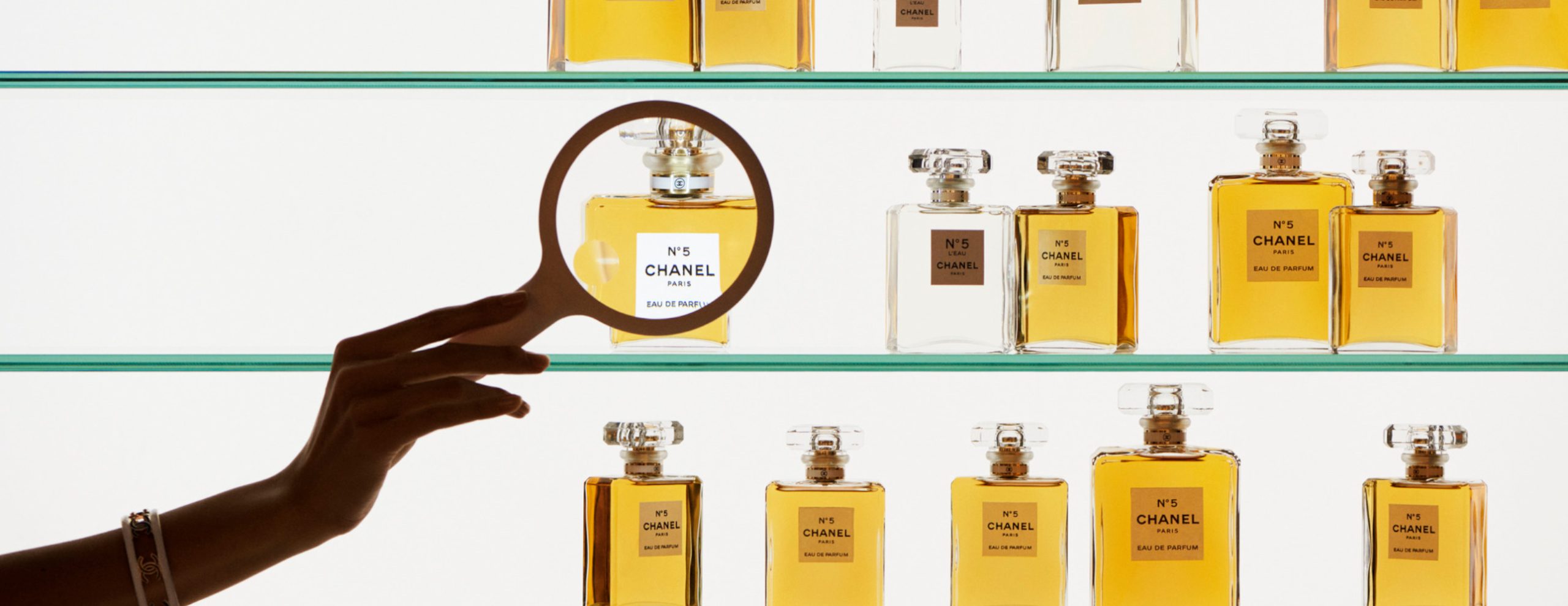
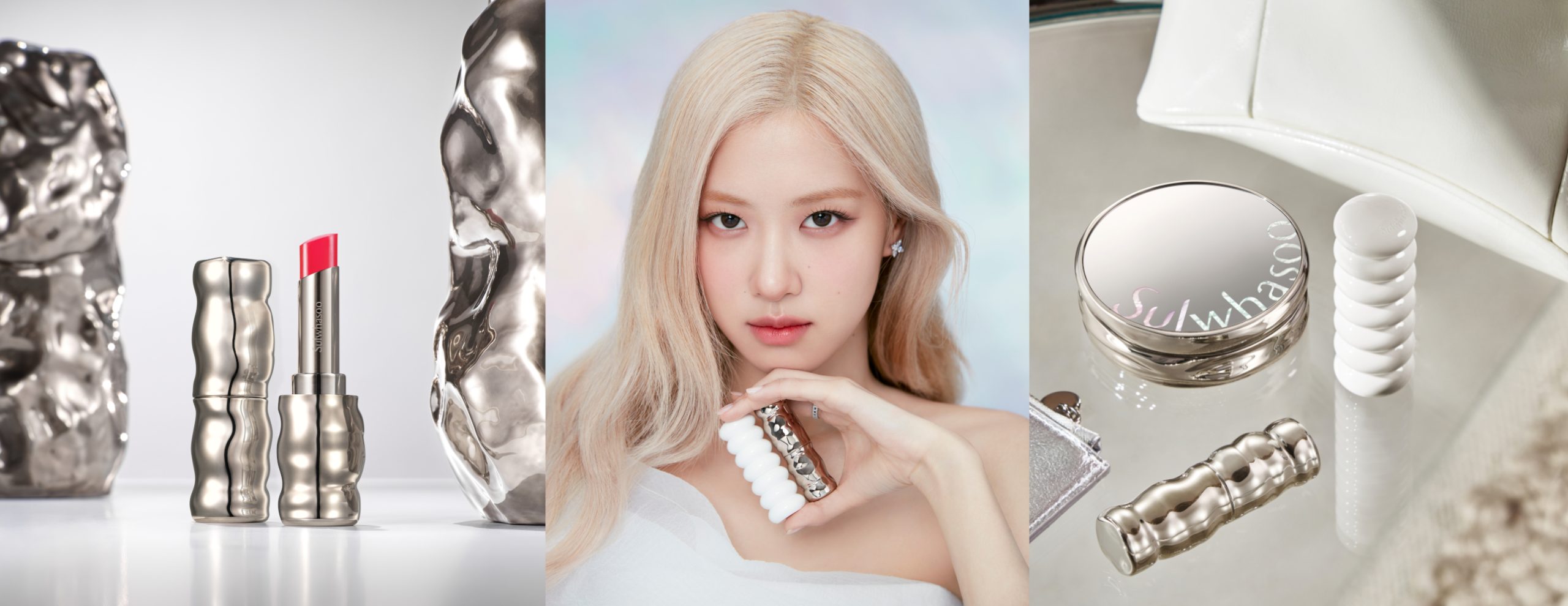
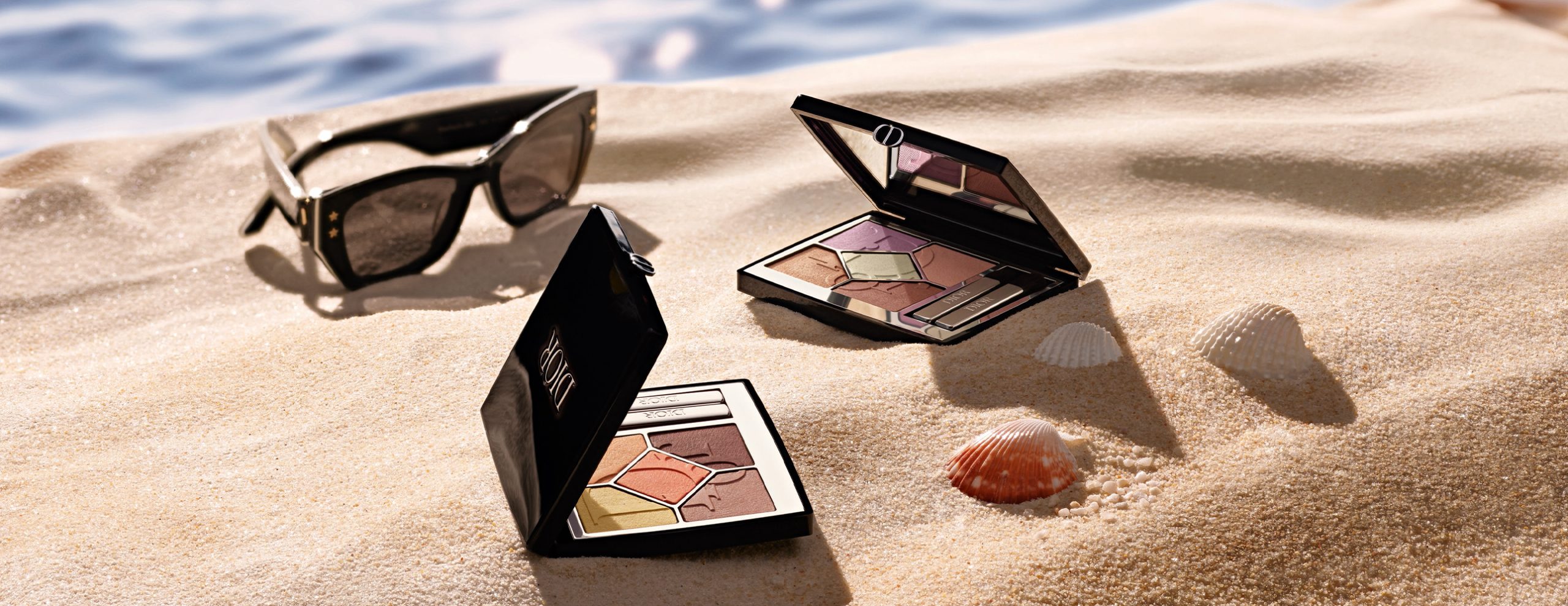
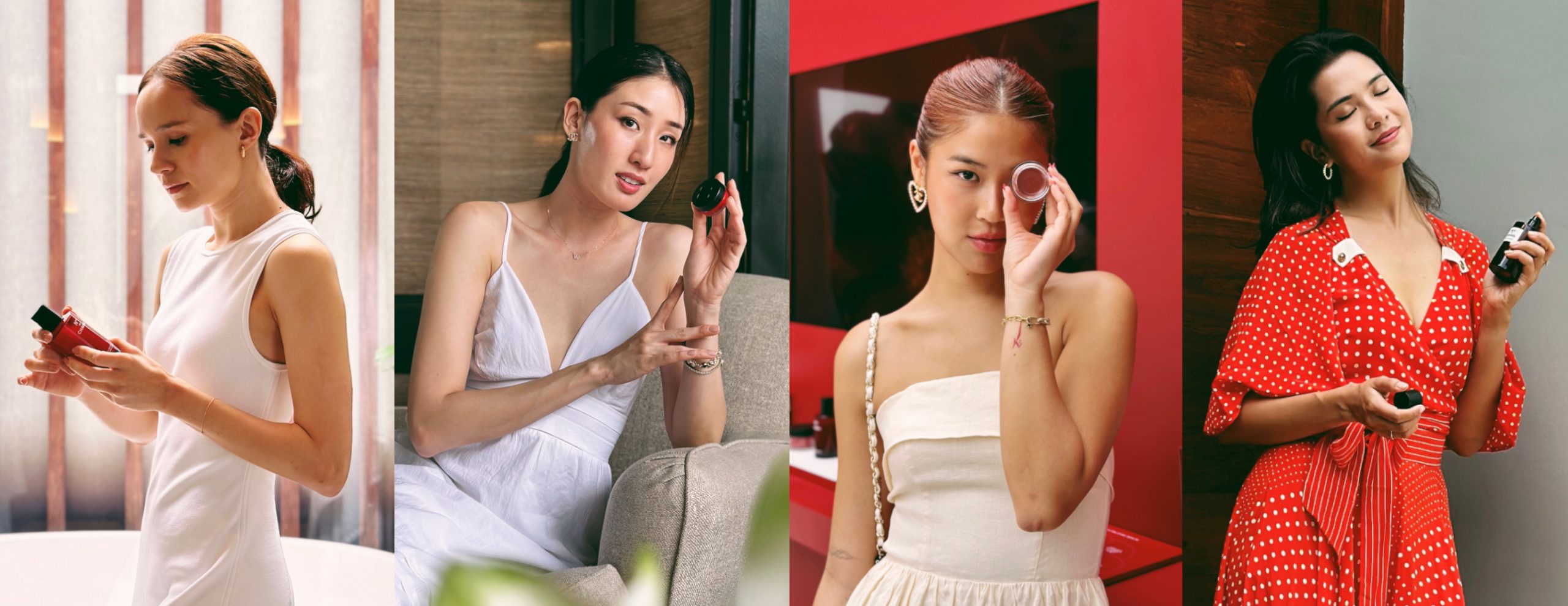
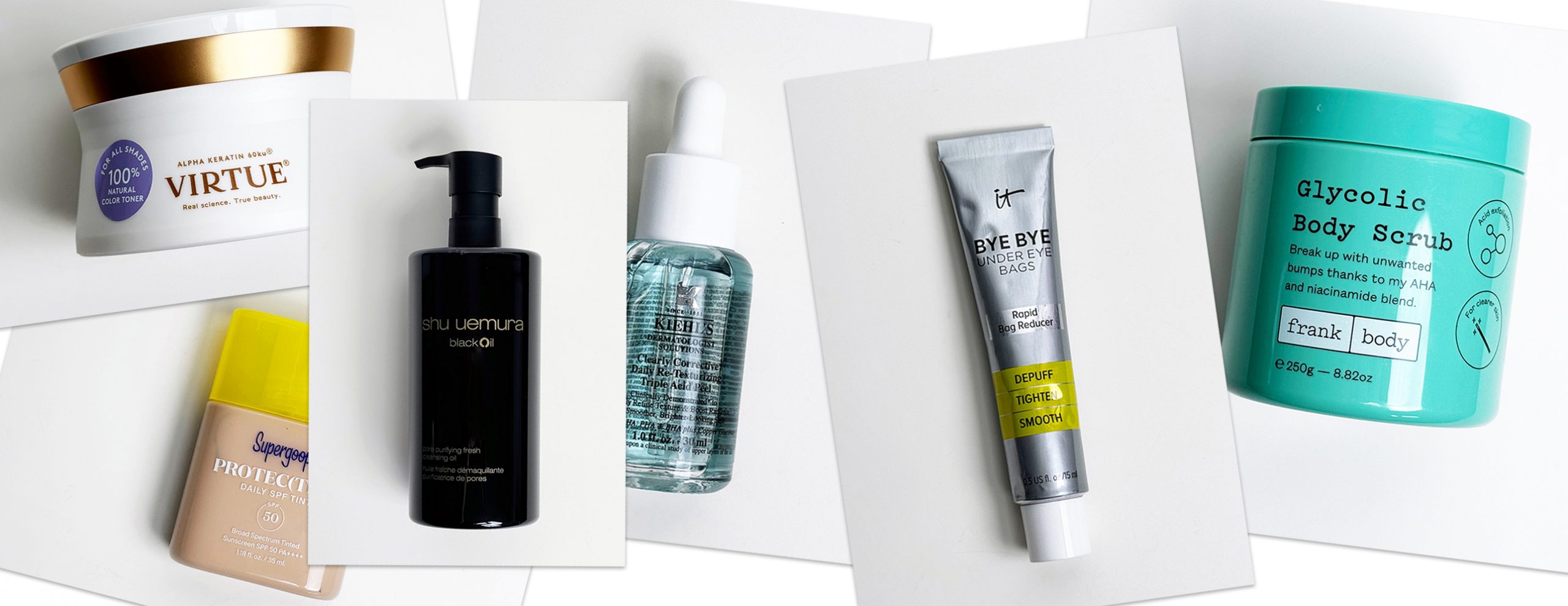
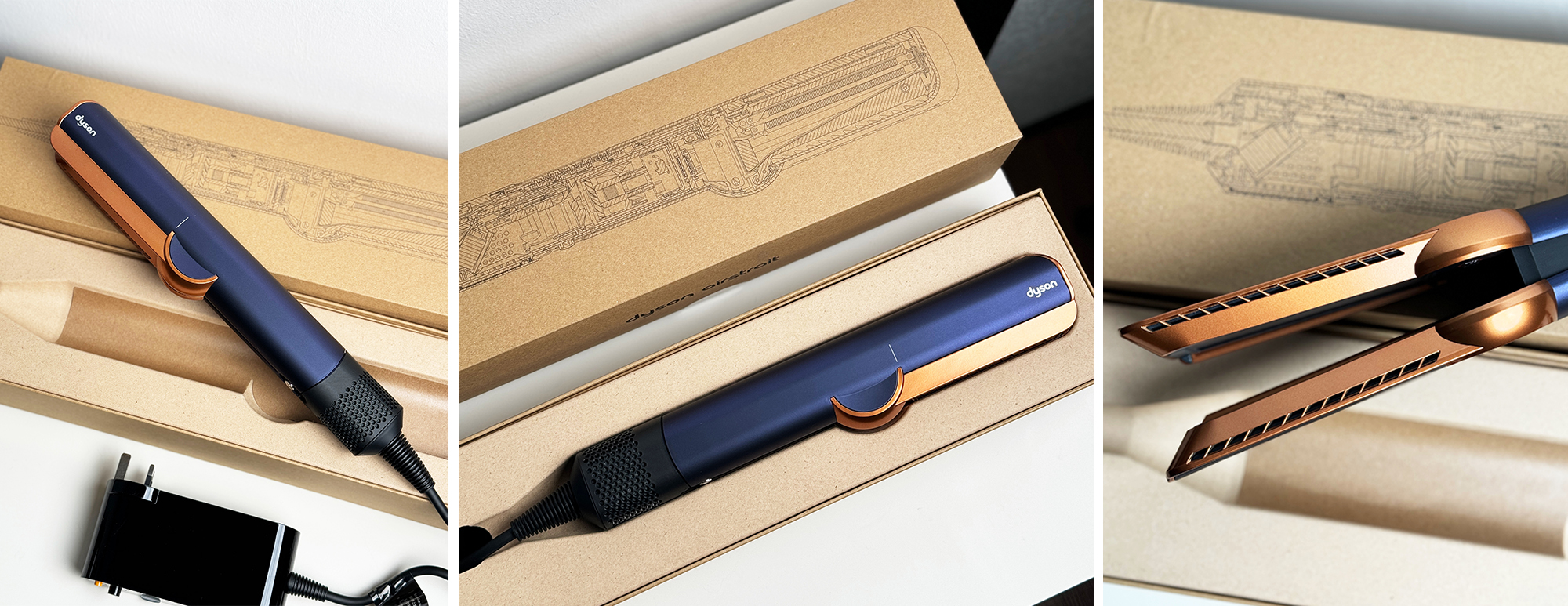
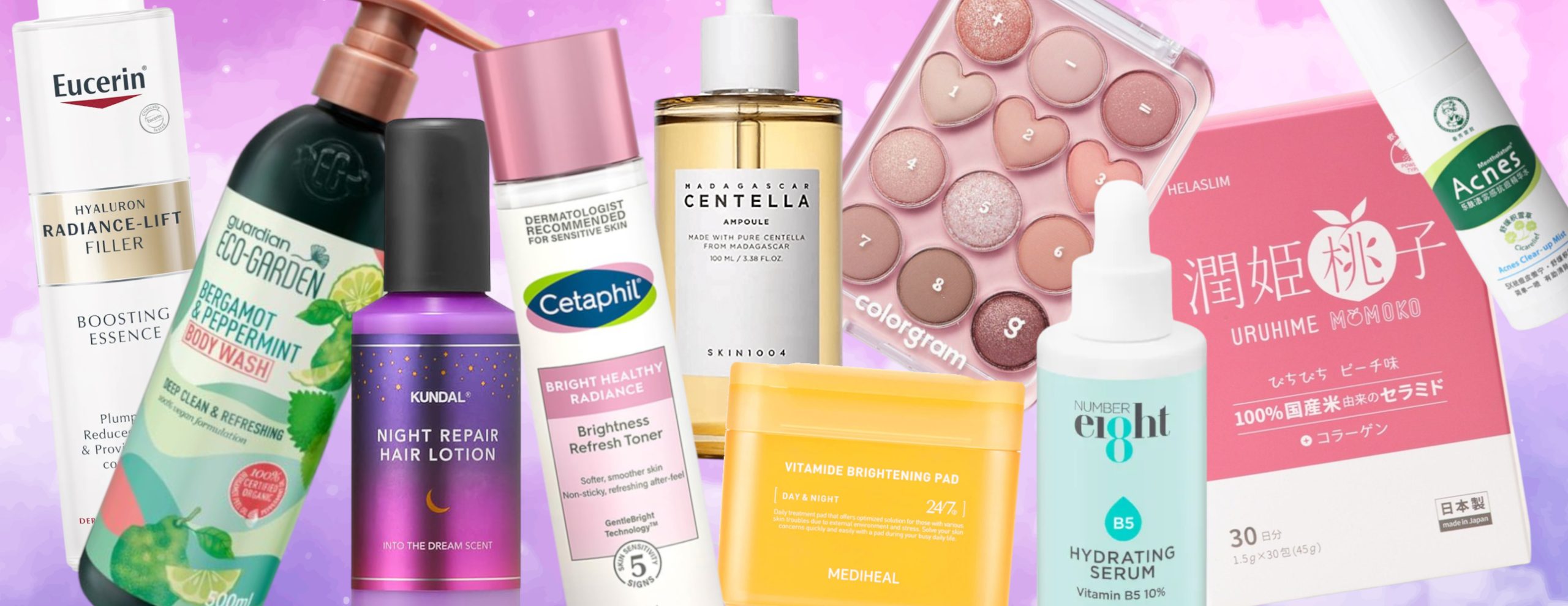

You must be logged in to post a comment.